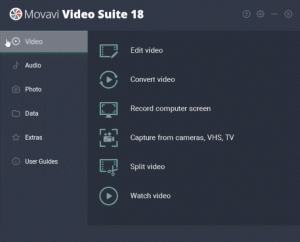In the new second edition of my book, “Email Marketing Rules,” I focus more on measuring success than on anything else except permission. That’s because too often email marketers are using the wrong yardstick to measure the effectiveness of their programs. Here are three examples of how success is often measured incorrectly, leading to underperformance:
Unqualified list growth vs. real list growth. All subscribers are not created equal. Some are worth their weight in gold, whereas others aren’t worth anything — or, worse, cost you money in deliverability troubles.
However, as an industry, our discussions around list growth are not very nuanced. To many marketers, a new subscriber is a new subscriber. I’ve lost track of how many times I’ve heard marketers talk about boosting their slowing list growth with sweepstakes, as if a subscriber gained through a sweepstakes is equal to a subscriber gained during checkout.
I call this unqualified list growth, and it’s an approach that leads to list quality issues. The missing ingredient in creating real list growth is subscriber productivity. I mean “real” in the same sense that “real GDP” is our nation’s gross domestic product adjusted for inflation, or the changing value of a dollar.
The value of an average subscriber — and the value of your email list overall — also changes. If you’re replacing low-value subscribers with high-value ones, then the power of your list increases. If you do the inverse, then the power of your list decreases.
Direct marketers like to say, “The money is in the list.” But it’s time to drill down a little and recognize that the money is in the subscriber. Attracting and retaining high-value subscribers should be a priority.
Campaign metrics vs. subscriber lifetime value. Email marketers send a lot of campaigns. It can seem like that’s the job of an email marketer: to send campaigns and maximize their value. However, looking at it this way can cause us to send campaigns that decrease response in the future and to avoid sending campaigns that increase response in the future.
I quote a lot of people in my book. One of them is A.T. Kearney Partner Michael Brown, who said, “The customers are the assets; not the store and not the ecommerce sites.” It’s a great quote because it puts a fine point on what the goal of marketers — indeed all companies — should be: to maximize their relationship with their customers.
For companies like retailers, it’s no longer about starting with a product and then finding people to buy it. It’s now about starting with your customers and finding the products that they want to buy.
Applying this line of thinking to email marketing, we find that subscriber lifetime value is the optimal way to view our success in serving subscribers. If we do our jobs well, subscribers buy often and stay subscribed for a long time because we’ve engaged them in between purchases. If we do our jobs poorly, subscribers’ purchases and engagement fall off quickly.
Subject line with most opens vs. most conversions. Subject lines are another area where email marketers don’t always stay focused on the big picture. The traditional mode of thinking is that subject lines cause opens, body content causes clicks, and landing pages cause conversions.
However, the subscribers you have there on the landing page have a lot to do with your subject line. That’s because a good, descriptive subject line pre-selects openers who are likely to convert. Meanwhile, a poor subject line — one that’s usually vague and mysterious — merely attracts the curious, who bolt after opening your email and sating their curiosity.
Of course, measuring email marketing success properly is not just an issue for email marketers. It’s also an issue for executives, many of whom don’t understand how email works. So many times over the years I’ve heard marketers say that their CMO or CEO forced them to do something with their email program that they knew was a bad idea. Unfortunately, it falls to email marketers to manage up and educate their managers and executives about how email really works — and what are the right goals to set and investments to make to create a highly successful email program.
(414)






